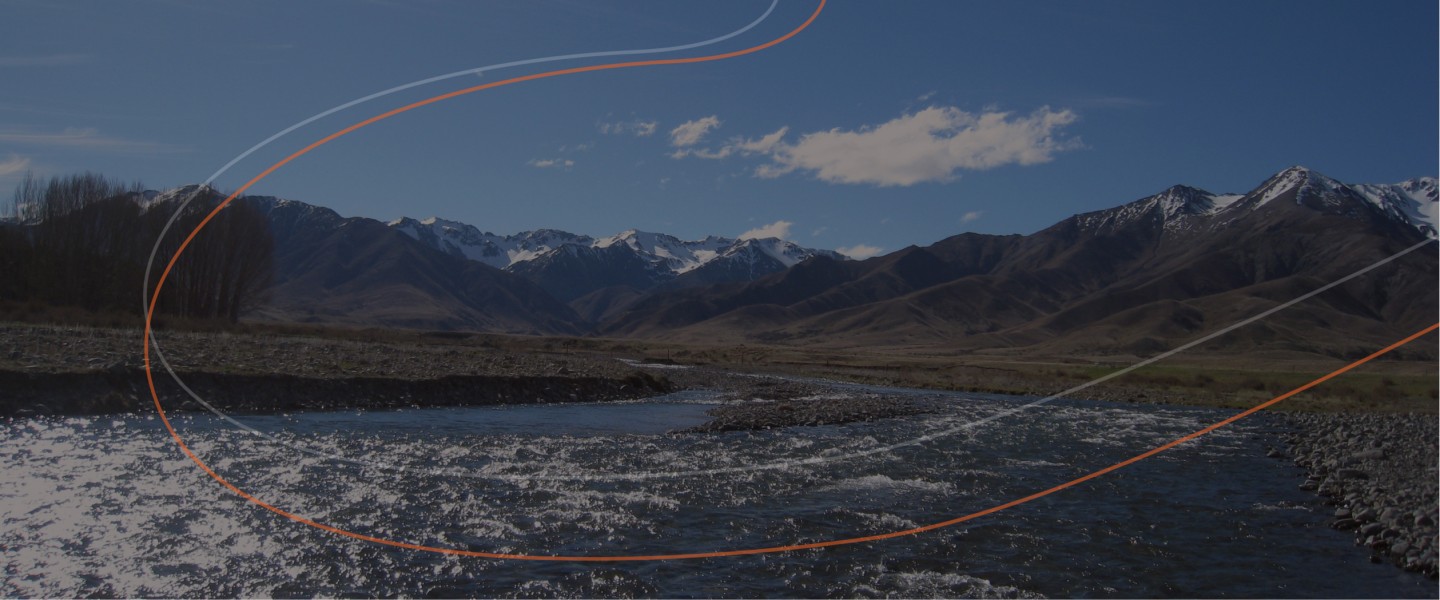References
- Jones S, Blake S, Hamblin R, Petagna C, Shuker C, Merry A. Reducing harm from falls. N Z Med J. 2016;129(1446):89-103.
- Schwenk M, Lauenroth A, Stock C, Moreno RR, Oster P, McHugh G, et al. Definitions and methods of measuring and reporting on injurious falls in randomised controlled fall prevention trials: a systematic review. BMC Medical Research Methodology. 2012;12:50. doi: 10.1186/1471-2288-12-50. PubMed PMID: 22510239; PubMed Central PMCID: PMC3388463.
- Pega F, Kvizhinadze G, Blakely T, Atkinson J, Wilson N. Home safety assessment and modification to reduce injurious falls in community-dwelling older adults: cost-utility and equity analysis. Inj Prev. 2016;22:420-6. doi: 10.1136/injuryprev-2016-041999. PubMed PMID: 27222247.
- Keall MD, Pierse N, Howden-Chapman P, Cunningham C, Cunningham M, Guria J, et al. Home modifications to reduce injuries from falls in the Home Injury Prevention Intervention (HIPI) study: a cluster-randomised controlled trial. Lancet. 2015;385(9964):231-8. doi: 10.1016/S0140-6736(14)61006-0. PubMed PMID: 25255696.
- Wilson N, Kvizhinadze G, Pega F, Nair N, Blakely T. Wilson N, Kvizhinadze G, Pega F, Nair N, Blakely T. Home modification to reduce falls at a health district level: modeling health gain, health inequalities and health costs. PLoS One 2017;(E-publication 14 September).
- Pega F, Wilson N. A systematic review of health economic analyses of housing improvement interventions and insecticide-treated bednets in the home. PLoS One. 2016;11(6):e0151812. doi: 10.1371/journal.pone.0151812. PubMed PMID: 27249419; PubMed Central PMCID: PMCPMC4889137.
- Hayward B, Lyndon M, Villa L, Madell D, Elliot-Hohepa A, Le Comte L. My Home is My Marae: Kaupapa Maori evaluation of an approach to injury prevention. BMJ Open. 2017;7(3):e013811. doi: 10.1136/bmjopen-2016-013811. PubMed PMID: 28320792; PubMed Central PMCID: PMCPMC5372022.
- Bennett J, Howden-Chapman P, Chisholm E, Keall M, Baker MG. Towards an agreed quality standard for rental housing: field testing of a New Zealand housing WOF tool. Aust N Z J Public Health. 2016;[E-publication 30 March]. doi: 10.1111/1753-6405.12519. PubMed PMID: 27028959.
- Huang ZG, Feng YH, Li YH, Lv CS. Systematic review and meta-analysis: Tai Chi for preventing falls in older adults. BMJ Open. 2017;7(2):e013661. doi: 10.1136/bmjopen-2016-013661. PubMed PMID: 28167744; PubMed Central PMCID: PMCPMC5293999.
- Shen C, Lee SY, Lam TH, Schooling CM. Is traditional Chinese exercise associated with lower mortality rates in older people? Evidence from a prospective Chinese elderly cohort study in Hong Kong. Am J Epidemiol. 2016;183(1):36-45. doi: 10.1093/aje/kwv142. PubMed PMID: 26646293.
- Keall MD, Pierse N, Howden-Chapman P, Guria J, Cunningham CW, Baker MG. Cost-benefit analysis of fall injuries prevented by a programme of home modifications: a cluster randomised controlled trial. Inj Prev. 2016;23:22-6. doi: 10.1136/injuryprev-2015-041947. PubMed PMID: 27312961.
- Church J, Goodall S, Norman R, Haas M. An economic evaluation of community and residential aged care falls prevention strategies in NSW. New South Wales Public Health Bulletin. 2011;22(3-4):60-8. doi: 10.1071/NB10051. PubMed PMID: 21632001.
About the Briefing
Public health expert commentary and analysis on the challenges facing Aotearoa New Zealand and evidence-based solutions.
Subscribe

Public Health Expert Briefing
Get the latest insights from the public health research community delivered straight to your inbox for free. Subscribe to stay up to date with the latest research, analysis and commentary from the Public Health Expert Briefing.
